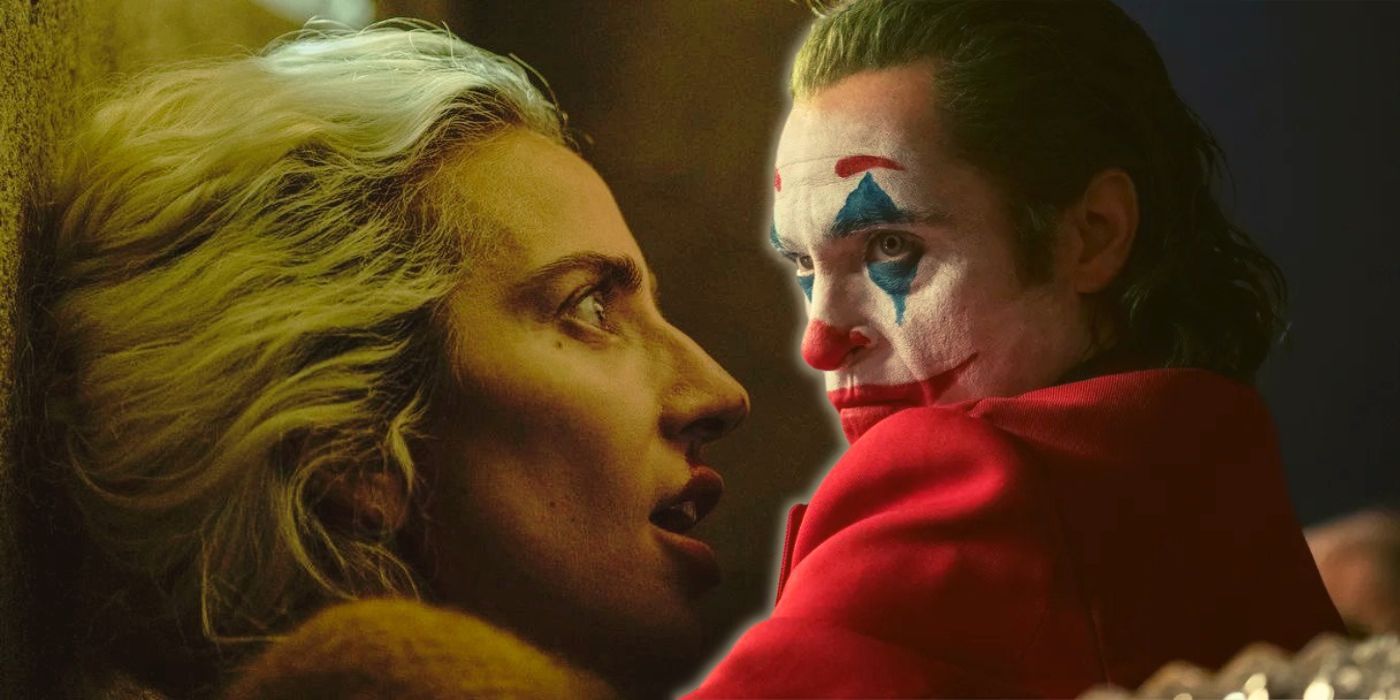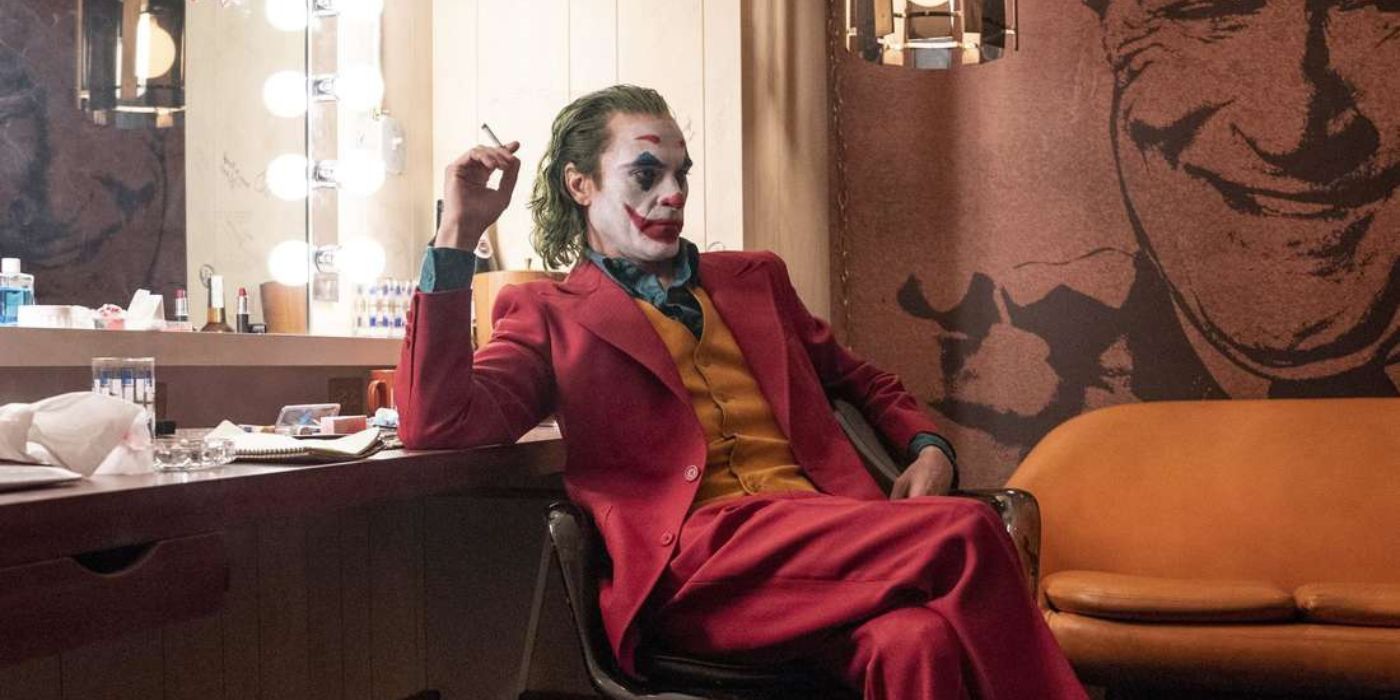The story of The Joker and Harley Quinn is a contemporary tale as old as time. A psychiatrist assigned to a murderer catches feelings for her patient and responds like any reasonable person would: start a life of crime with said murderer. With the upcoming Joker: Folie à Deux exploring the origins of Harley Quinn, how does a woman who's spent years listening to science and psychiatry abandon everything she believes for the serpent of Eden? Well, the true story of two sisters infamously known as the Silent Twins may explain exactly how.
Firstly, folie à deux translates to "madness of two" and is officially known as Shared Psychotic Disorder in psychology fields. The ICD-10 characterizes the disorder as a specific shared delusion between two people in an unusually close relationship. It features a primary/inducer whose delusional fantasies influence the secondary/induced. The Joker's delusions and fantasies could make him the inducer in Joker: Folie à Deux's Bonnie & Clyde relationship, while Harley acts as the subservient induced.
The Curious Case of June and Jennifer Gibbons, Explained
A specific example of folie à deux is the case of June and Jennifer Gibbons. The case was covered by journalist Marjorie Wallace, who would go on to write a book about the two called The Silent Twins. The twins were born to Caribbean immigrants and moved to the United Kingdom in the 1960s. Sadly, they and their siblings were the only Black children in the community they had moved to, and as a result, both twins were ostracized at school. The experience was so traumatic for the sisters that the teachers would allow them to be dismissed from school early each day to avoid any potential bullying. In 2019's Joker, Arthur Fleck (aka The Joker) also gets left behind by society due to his condition.
This isn't unique to The Joker, as many stories recounting Harley Quinn's origin all have one thing in common, which is her lack of friendships in her social life as well as a dysfunctional childhood growing up in a rough household. Just like Fleck and the Gibbons twins, she feels ostracized by society. It's no surprise that she clings to the first person that shows her kindness and praise, even if that person is a murderer. Her one-to-ones with Fleck in Joker: Folie à Deux will likely fill her head with his ideas of tearing the system down and getting payback at the society that's rejected them both.
Over time, the Twins reserved themselves from society and became so inseparable that they spoke to none except each other. They began their life of disobedience through drugs and alcohol, which eventually led to the duo committing a series of crimes such as vandalism, petty theft and even arson. Likewise, Arthur Fleck's reservation from society may have blurred his line between what's acceptable and what is seen as offensive. The line between comedy and tragedy is already blurred in his own delusional fantasy. In Joker: Folie à Deux, The Joker and Harleen Quinzel could spend much time together, forming an unusual bond between doctor and patient. Harleen could then become obsessed with her patient to the point where they become inseparable.
How The Gibbons' Psychosis May Explain Harley's Transformation
The Joker compliments Harleen and asks her for one small favor at a time until she finds herself doing something potentially illegal for her favorite patient. It's not long until Harleen abandons everything she knows in favor of a life of crime with the Clown Prince of Crime himself. She becomes Harley Quinn, The Joker's right-hand gal. Spending that many hours in Arkham Asylum, isolated with Gotham's most notorious criminals, is likely to twist and shape a person's mentality, even one who's spent years in psychological practice. But Harleen isn't just anyone. What makes her snap and don the moniker of Harley Quinn in Joker: Folie à Deux?
Roth et al. once studied a case of folie à deux in a married couple, where the husband was the "inducer" while his wife was the "induced" as she adopted her husband's delusions. What's interesting is that the wife accepted his delusions through a category of folie à deux known as folie imposée. This occurs when the primary's delusions affect a secondary who is believed to be mentally sound. This could explain how a woman of science and psychology could twist and become just like The Joker.
On another note, June and Jennifer Gibbons became so disconnected from reality that they made up their own language (a sped-up form of Bajan Creole) that was unintelligible to others and therefore made it difficult for anyone to understand them. This could explain the musical aspect present in Joker: Folie à Deux. The most obvious explanation for this is the shared delusion aspect of folie à deux; however, the secret, idiosyncratic language shared between the twins could be the true explanation for why Joker and Harley may speak in musical notes and flirt with footwork. In this way, the sequel could use a real-life case to expand and enrich its story.


